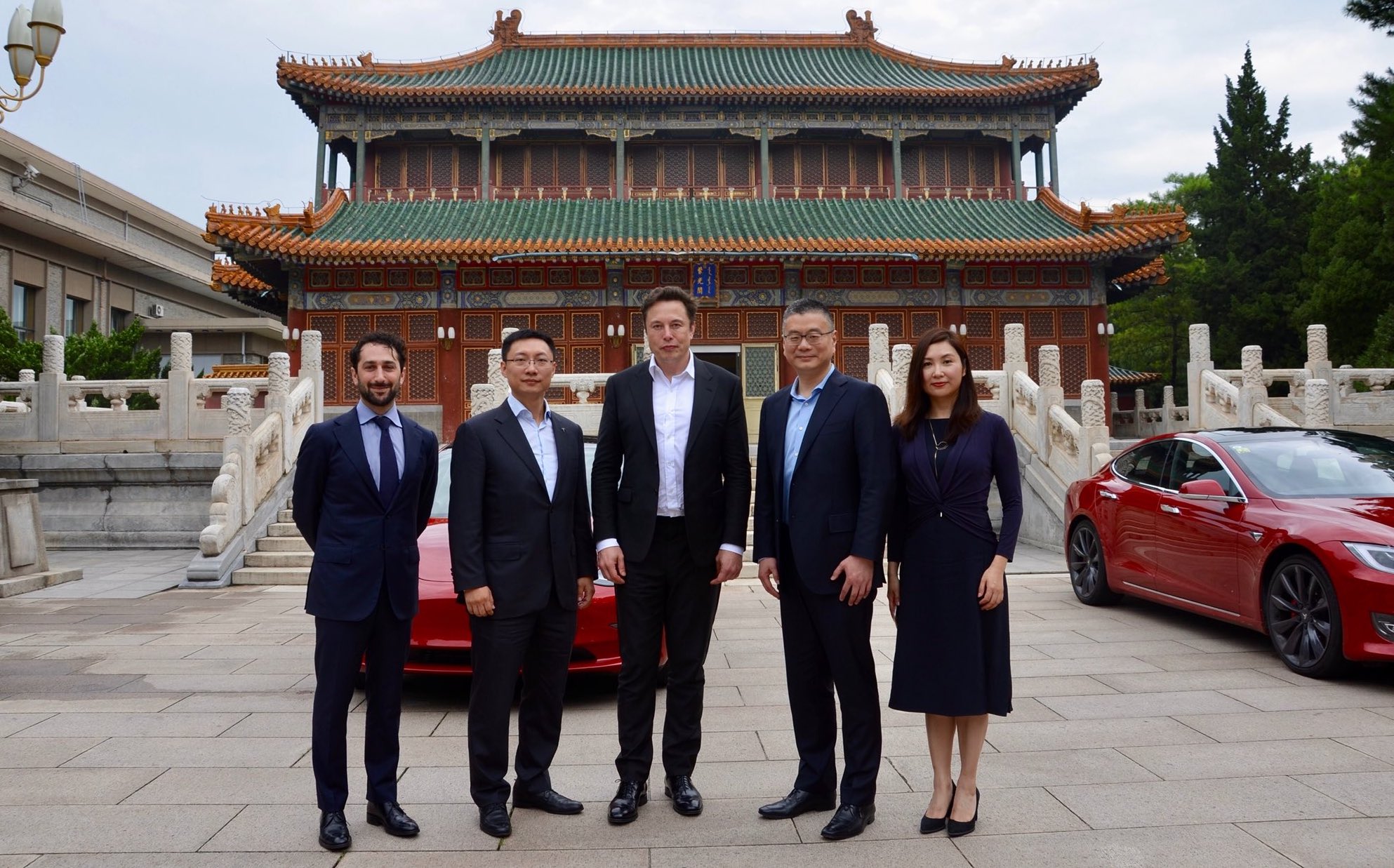
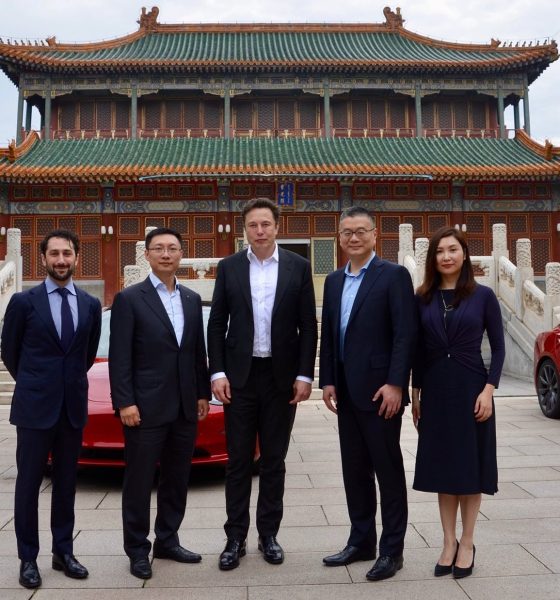
Investor's Corner
Elon Musk delves into Tesla’s China Gigafactory funding and development plans
During Tesla’s Q2 2018 earnings call on Wednesday, CEO Elon Musk and Tesla’s executive team revealed details about the company’s plans for Gigafactory 3 in China. The overseas facility is a strategic move that will allow the California-based company to compete in China’s local electric car market and minimize logistical challenges with shipping abroad. More importantly, having a local presence will allow Tesla to skirt steep import tariffs placed on vehicles that are brought into the country.
Considering Tesla CEO Elon Musk’s stance on Tesla not needing a capital raise, and with the company well into its process of leaving Model 3’s production hell, concerns are abounding about the company’s capability to fund the Shanghai project. After all, if Gigafactory 1’s estimated $5 billion cost is any indication, Gigafactory 3 would likely require a substantial investment. Joseph Spak of RBC Capital Markets addressed this concern during the Q2 earnings call, when he asked about the linear costs for the upcoming facility.
Musk stated that Tesla’s next Gigafactory would likely not cost as much as Gigafactory 1 in Nevada, with the project having closer to $2 billion CapEx, not more than half the CapEx of Gigafactory 1.
“We’re confident we can do the Gigafactory in China for a lot less. I think it’s probably closer—this is just a guess—to $2 billion. That would sort of be the 250,000-vehicle per year rate. So, I think we could be a lot more efficient with cutbacks and that would include at least the battery module and pack production, body shop, paint shop, and general assembly. It might even be less than that.”
Tesla CTO JB Straubel also noted that lessons learned from Gigafactory 1 would be applied to the upcoming facility. According to Straubel, Tesla had already increased production rates by 20% just through tweaks in the production line of its US facilities without CapEx. With “strategic” CapEx, Straubel stated that Tesla can achieve more.
“We found a surprising amount of ways to improve efficiency and speed and density as well in Gigafactory 1. And all those lessons will absolutely be shared with Gigafactory 3. The teams are already, of course, beginning to collaborate and start to do this more efficiently with less cutbacks than last time,” he said.
Consumer Edge Research analyst James Albertine also inquired about the China Gigafactory, asking about where Tesla intends to find funding for the project. According to Musk, Tesla intends to access loans from local banks in China. Plans are also underway for Tesla to start paying off loans with internal cash flow, instead of refinancing. Musk also noted that while construction for the facility would be underway, Tesla’s initial investment will not start “in any significant way” until 2019.
“We will not be raising any equity at any point. At least, I don’t have expectations or plans to do so. For China, our plan will be to use a loan from the local banks and fund the Gigafactory in Shanghai with local debt, essentially. We could raise money, but I don’t think we need to. I think it’s better to just not to. The whole plan is we start paying off our debts. I mean, paying them off. We expect to pay that off with total cash flow.”
Unlike Gigafactory 1 in Nevada, Gigafactory 3 will be a facility that incorporates both battery pack and electric car production. In true Tesla fashion, Gigafactory 3 is following an aggressive timeline, with construction set to begin as soon as the necessary permits are completed. Tesla expects to start producing vehicles in the facility as early as 2020. Once complete, Gigafactory 3 is expected to produce 500,000 vehicles per year.

Investor's Corner
Tesla stock closes at all-time high on heels of Robotaxi progress
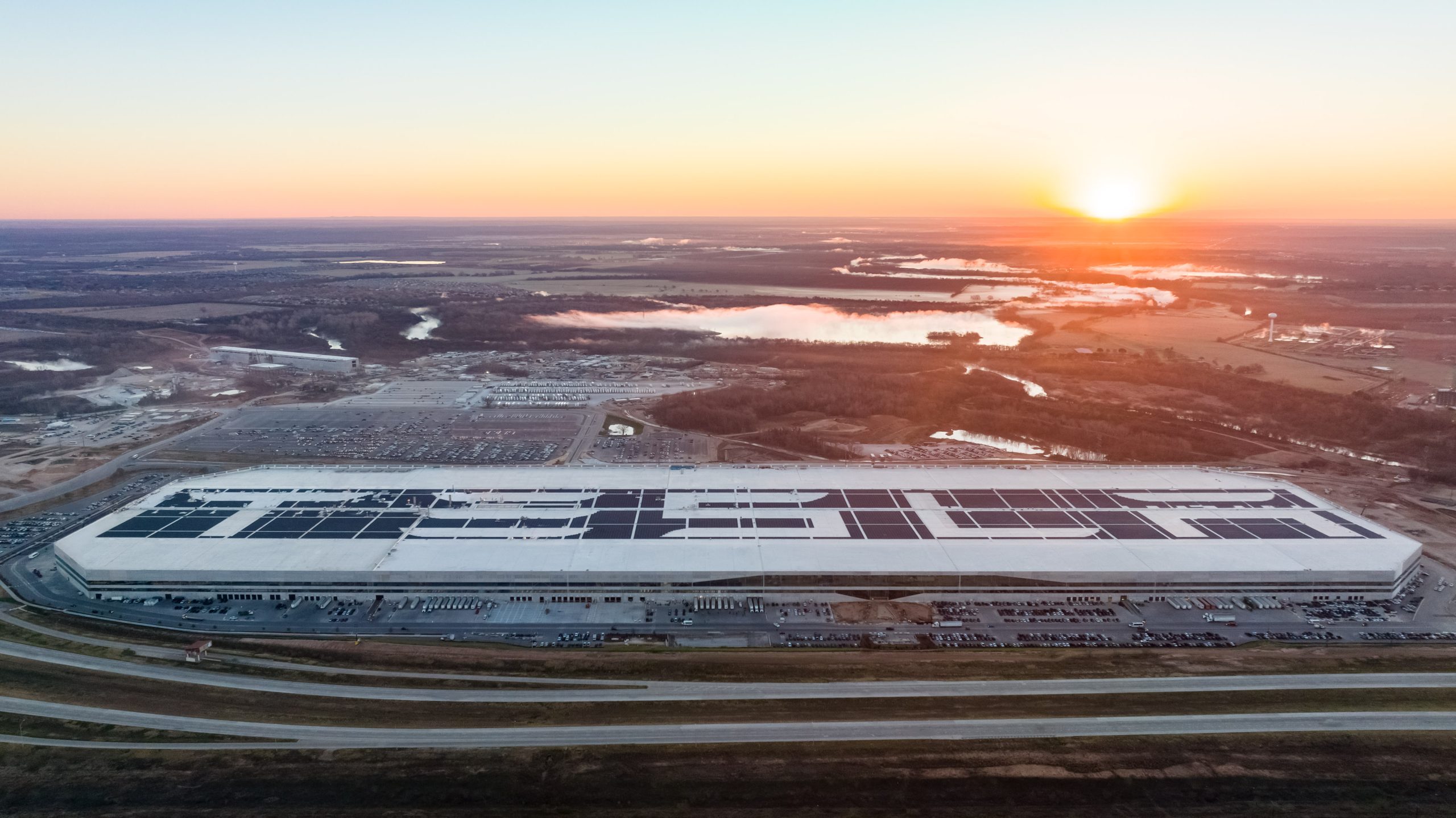
Tesla stock (NASDAQ: TSLA) closed at an all-time high on Tuesday, jumping over 3 percent during the day and finishing at $489.88.
The price beats the previous record close, which was $479.86.
Shares have had a crazy year, dipping more than 40 percent from the start of the year. The stock then started to recover once again around late April, when its price started to climb back up from the low $200 level.
This week, Tesla started to climb toward its highest levels ever, as it was revealed on Sunday that the company was testing driverless Robotaxis in Austin. The spike in value pushed the company’s valuation to $1.63 trillion.
Tesla Robotaxi goes driverless as Musk confirms Safety Monitor removal testing
It is the seventh-most valuable company on the market currently, trailing Nvidia, Apple, Alphabet (Google), Microsoft, Amazon, and Meta.
Shares closed up $14.57 today, up over 3 percent.
The stock has gone through a lot this year, as previously mentioned. Shares tumbled in Q1 due to CEO Elon Musk’s involvement with the Department of Government Efficiency (DOGE), which pulled his attention away from his companies and left a major overhang on their valuations.
However, things started to rebound halfway through the year, and as the government started to phase out the $7,500 tax credit, demand spiked as consumers tried to take advantage of it.
Q3 deliveries were the highest in company history, and Tesla responded to the loss of the tax credit with the launch of the Model 3 and Model Y Standard.
Additionally, analysts have announced high expectations this week for the company on Wall Street as Robotaxi continues to be the focus. With autonomy within Tesla’s sights, things are moving in the direction of Robotaxi being a major catalyst for growth on the Street in the coming year.
Elon Musk
Tesla needs to come through on this one Robotaxi metric, analyst says
“We think the key focus from here will be how fast Tesla can scale driverless operations (including if Tesla’s approach to software/hardware allows it to scale significantly faster than competitors, as the company has argued), and on profitability.”
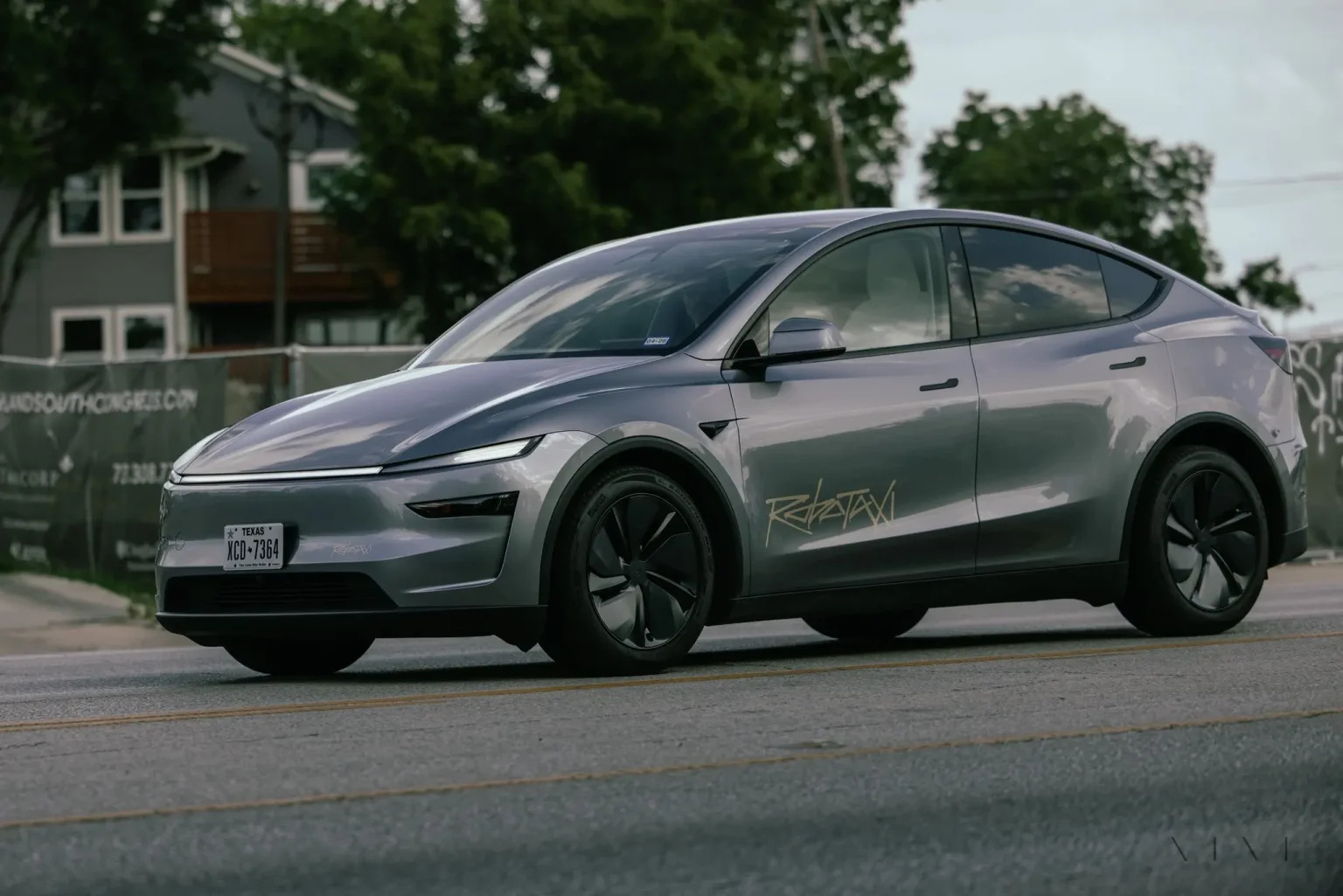
Tesla needs to come through on this one Robotaxi metric, Mark Delaney of Goldman Sachs says.
Tesla is in the process of rolling out its Robotaxi platform to areas outside of Austin and the California Bay Area. It has plans to launch in five additional cities, including Houston, Dallas, Miami, Las Vegas, and Phoenix.
However, the company’s expansion is not what the focus needs to be, according to Delaney. It’s the speed of deployment.
The analyst said:
“We think the key focus from here will be how fast Tesla can scale driverless operations (including if Tesla’s approach to software/hardware allows it to scale significantly faster than competitors, as the company has argued), and on profitability.”
Profitability will come as the Robotaxi fleet expands. Making that money will be dependent on when Tesla can initiate rides in more areas, giving more customers access to the program.
There are some additional things that the company needs to make happen ahead of the major Robotaxi expansion, one of those things is launching driverless rides in Austin, the first city in which it launched the program.
This week, Tesla started testing driverless Robotaxi rides in Austin, as two different Model Y units were spotted with no occupants, a huge step in the company’s plans for the ride-sharing platform.
Tesla Robotaxi goes driverless as Musk confirms Safety Monitor removal testing
CEO Elon Musk has been hoping to remove Safety Monitors from Robotaxis in Austin for several months, first mentioning the plan to have them out by the end of 2025 in September. He confirmed on Sunday that Tesla had officially removed vehicle occupants and started testing truly unsupervised rides.
Although Safety Monitors in Austin have been sitting in the passenger’s seat, they have still had the ability to override things in case of an emergency. After all, the ultimate goal was safety and avoiding any accidents or injuries.
Goldman Sachs reiterated its ‘Neutral’ rating and its $400 price target. Delaney said, “Tesla is making progress with its autonomous technology,” and recent developments make it evident that this is true.
Investor's Corner
Tesla gets bold Robotaxi prediction from Wall Street firm
Last week, Andrew Percoco took over Tesla analysis for Morgan Stanley from Adam Jonas, who covered the stock for years. Percoco seems to be less optimistic and bullish on Tesla shares, while still being fair and balanced in his analysis.
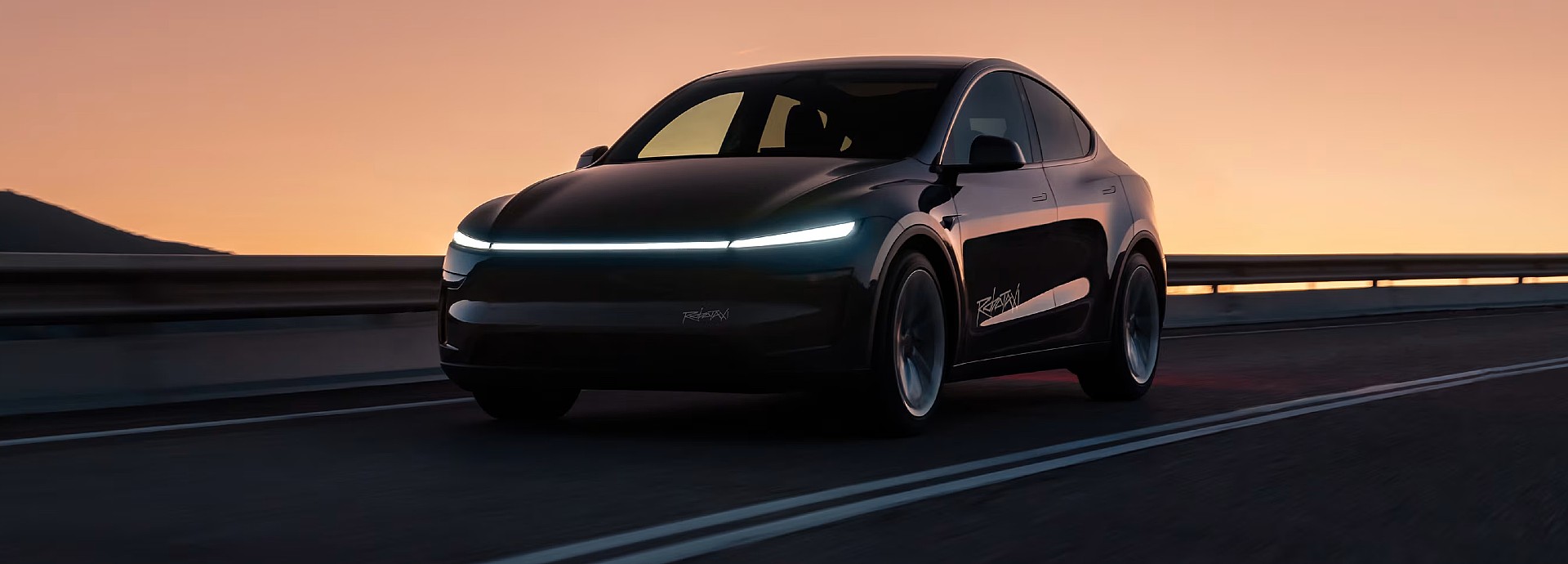
Tesla (NASDAQ: TSLA) received a bold Robotaxi prediction from Morgan Stanley, which anticipates a dramatic increase in the size of the company’s autonomous ride-hailing suite in the coming years.
Last week, Andrew Percoco took over Tesla analysis for Morgan Stanley from Adam Jonas, who covered the stock for years. Percoco seems to be less optimistic and bullish on Tesla shares, while still being fair and balanced in his analysis.
Percoco dug into the Robotaxi fleet and its expansion in the coming years in his latest note, released on Tuesday. The firm expects Tesla to increase the Robotaxi fleet size to 1,000 vehicles in 2026. However, that’s small-scale compared to what they expect from Tesla in a decade.
Tesla expands Robotaxi app access once again, this time on a global scale
By 2035, Morgan Stanley believes there will be one million Robotaxis on the road across multiple cities, a major jump and a considerable fleet size. We assume this means the fleet of vehicles Tesla will operate internally, and not including passenger-owned vehicles that could be added through software updates.
He also listed three specific catalysts that investors should pay attention to, as these will represent the company being on track to achieve its Robotaxi dreams:
- Opening Robotaxi to the public without a Safety Monitor. Timing is unclear, but it appears that Tesla is getting closer by the day.
- Improvement in safety metrics without the Safety Monitor. Tesla’s ability to improve its safety metrics as it scales miles driven without the Safety Monitor is imperative as it looks to scale in new states and cities in 2026.
- Cybercab start of production, targeted for April 2026. Tesla’s Cybercab is a purpose-built vehicle (no steering wheel or pedals, only two seats) that is expected to be produced through its state-of-the-art unboxed manufacturing process, offering further cost reductions and thus accelerating adoption over time.
Robotaxi stands to be one of Tesla’s most significant revenue contributors, especially as the company plans to continue expanding its ride-hailing service across the world in the coming years.
Its current deployment strategy is controlled and conservative to avoid any drastic and potentially program-ruining incidents.
So far, the program, which is active in Austin and the California Bay Area, has been widely successful.








